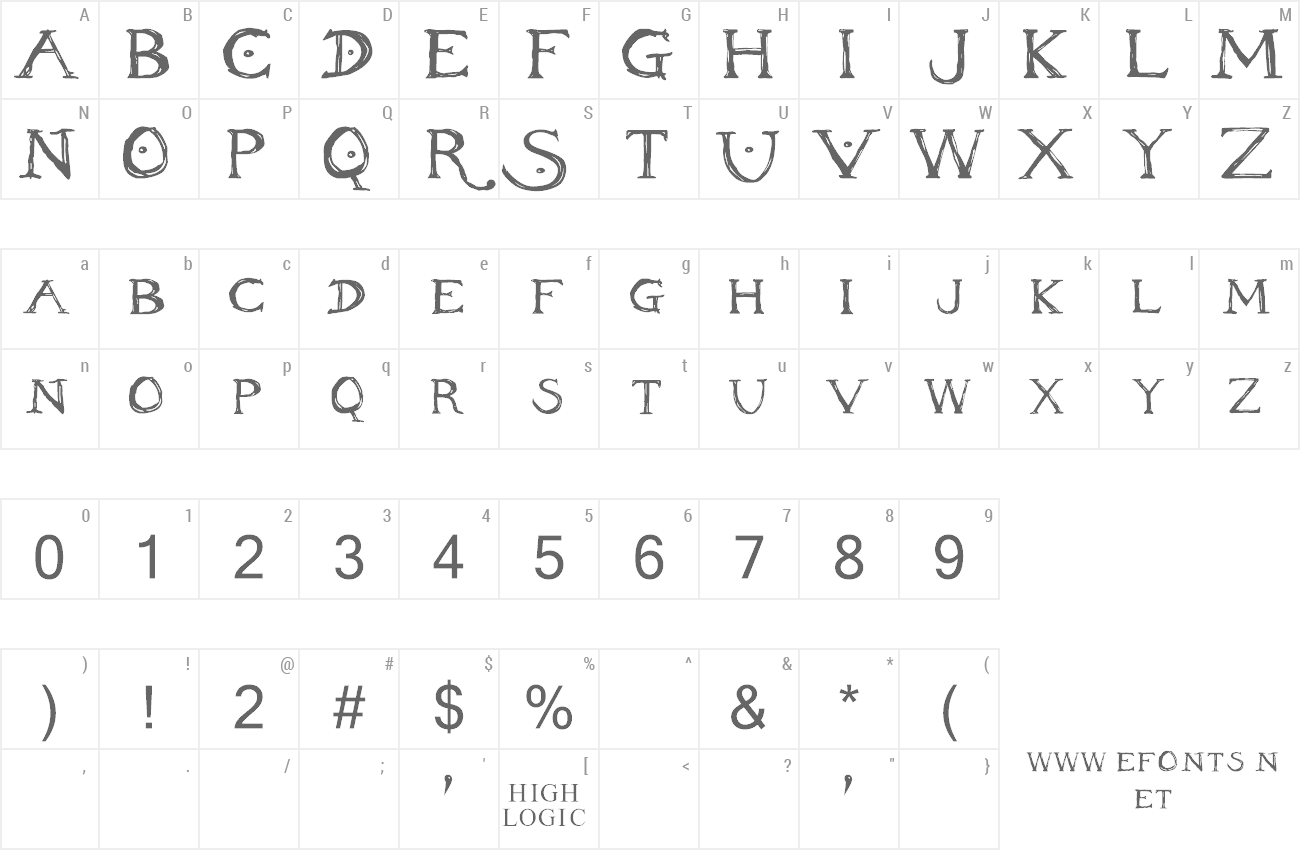
P + theme(= element_text(family = "Tahoma", We can use element of element_text() to change the color, size and angle of the x-axis tick label text. Customizing ggplot2 x-tick marks with element_text() In this example, we set the size=16, color=”purple” angle=90 and bold font for y-axis label. Ggsave("customize_y_axis_title_with_element_text_theme_ggplot2.png") We can use element of element_text() to change the color, size and angle of the y-axis label text or title. Customizing ggplot2 y-axis label with element_text() In this example, we set the size=16, color=”purple” and bold font for x-axis label.Ĭustomize x-axis title 2. Ggsave("customize_x_axis_title_with_element_text_theme_ggplot2.png") We can use element of element_text() to change the color, size and angle of the x-axis label text or title.
Inherit font theme x how to#
However, in this post we will mainly focus how to customize, color of the text, size of the text, font family and font face (bold font or not). Using element_text() element, we can modify multiple aspects of the text as shown below. How To Customize ggplot2’s text with element_text()?
Inherit font theme x code#
We have saved the code to make the plot as a variable and use it use it to customize 10 different text elements of ggplot2’s theme using element_text() function. Subtitle="Flipper Length vs Bill Length",Īnd this is how the scatter plot looks like this. We use theme_set() option to make the plot in black and white theme with pre-specified font sizes.

Check out the labs() function for variation addition to the plot. We use Palmer penguins data make the scatterplot. Let us get started by making a scatter plot using ggplot2 with common text annotations like title, subtitle, legend and tags. plot.caption: to customize plot’s caption.plot.subtitle: to customize plot subtitle.legend.title: to customize legend title text.Here is the list of the elements (most common?) that we can control using using element_text(). Tips to Customize Text in ggplot2 plot with element_text() For example, to control the look of title of a plot, we will use “plot.title” element as argument to theme() function and use element_text() to specify the color, font and size of the plot title. With element_text(), we can customize the looks of the the texts. The figure below shows the anatomy of text elements and the key word in ggplot2 describing the element (Phew…My life time goal of making an “anatomy of something” plot is achieved :-)). In total there are 10 (at least?) different aspects/elements of texts in a plot made with ggplot2. While making a plot with ggplot2, it automatically chooses appropriate values for various aspects of element text.

We will use theme() function in combination with different elements associated with the plot. We will learn 10 tips to have finer control over the “font size, colour and face” for many part of text elements in a plot, like title, subtitle, labels, and legend. In this tutorial we will focus on the theme element element_text(). ggplot2’s theme system comes with multiple element_ functions,Īnd they help control how the non-data elements of a plot should like. The theme system helps elevate the plot you make by making finer changes and make it easy to look better. Ggplot2’s theme system give us a great control over how the “non-data” elements of a plot should look like.


 0 kommentar(er)
0 kommentar(er)
